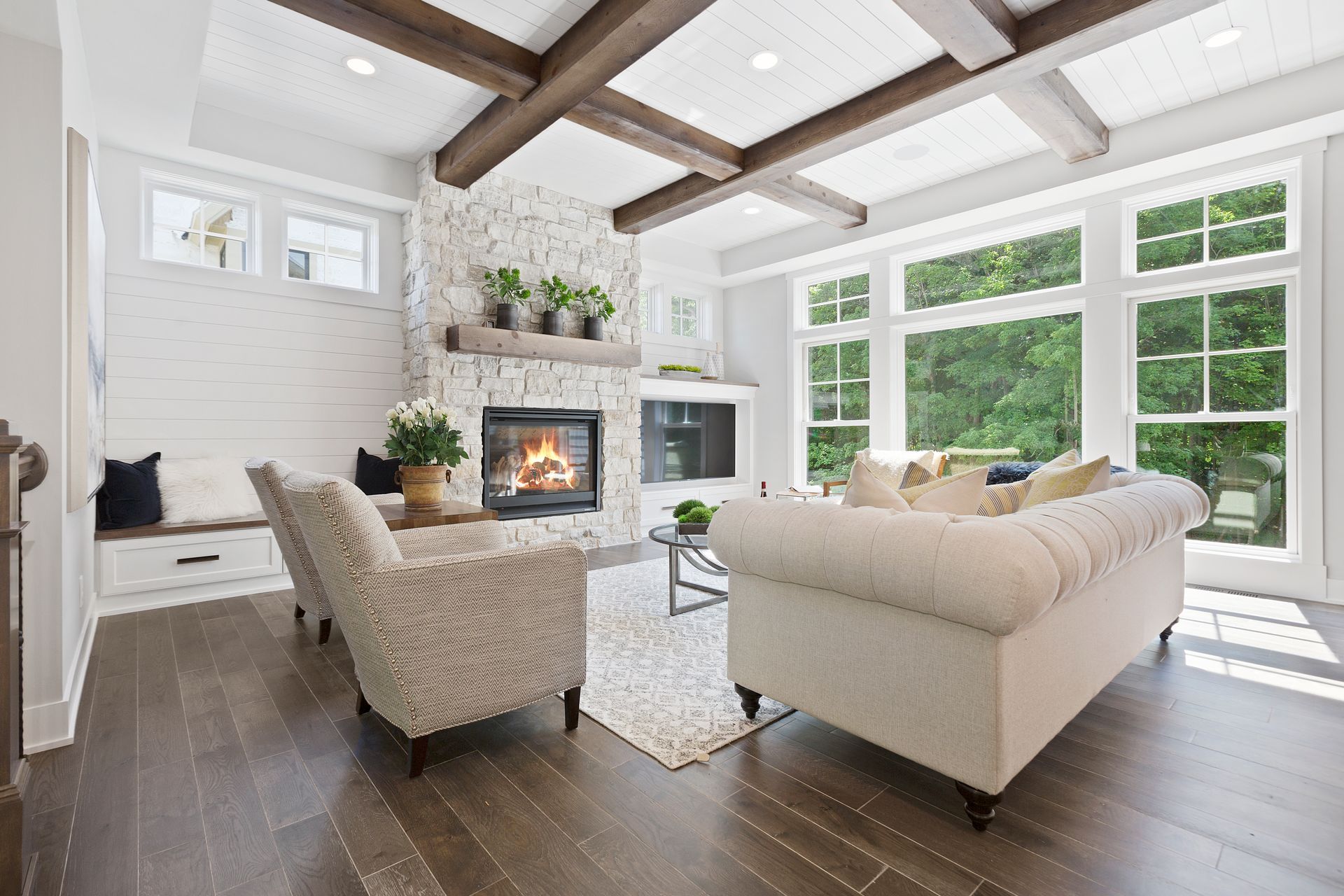Show Time! Getting Your House Ready for Private Showings
Preparing your home for a private viewing is essential. These are the things you should focus on...
The moment you decide to sell your house, it enters a new phase: showtime! While open houses can attract a crowd, private showings offer a more intimate and focused experience for potential buyers. This is your chance to really let your home's best features shine and make a lasting impression. But how do you prepare for these crucial appointments? Don't worry, with a little planning and effort, you can ensure your house is show-stopping ready.
The Golden Rule: Immaculate Presentation
First and foremost, cleanliness is non-negotiable. Think of it as giving your house a VIP makeover.
- Sparkling Clean: This means more than just a quick tidy-up. We're talking deep cleaning: scrubbing bathrooms until they gleam, polishing fixtures, wiping down all surfaces, and vacuuming or mopping every inch of flooring. Don't forget windows – clean inside and out for maximum light.
- Declutter Like a Pro: Potential buyers need to envision their own belongings in the space, and clutter makes that difficult. Remove anything you don't use daily. This includes excess furniture, personal photos (pack them away!), and items on countertops and shelves. Less is truly more.
- Fresh Scents: Avoid strong air fresheners, which can be off-putting. Instead, opt for subtle, inviting scents like freshly baked cookies (a classic!), simmering cinnamon sticks, or a bowl of fresh fruit. A clean, neutral smell is always a safe bet.
Stage to Impress: Highlighting Your Home's Best Features
Staging isn't just for professional photoshoots; it plays a vital role in private showings too.
- Maximize Light: Open all curtains and blinds to flood your home with natural light. Turn on lamps in darker corners to create a warm and inviting ambiance, even during the day.
- Define Each Space: Ensure the purpose of each room is clear. A spare bedroom should look like a welcoming guest room, a home office should feel functional, and living areas should be comfortable and inviting.
- Highlight Key Selling Points: Does your kitchen have granite countertops? Clear them off and let them shine! Is your backyard a tranquil oasis? Make sure it's tidy and inviting. Draw attention to the features that make your home special.
- Small Touches Matter: A vase of fresh flowers on the dining table, neatly folded towels in the bathroom, or a cozy throw on the sofa can add a touch of warmth and sophistication.
The Final Touches: Before the Buyers Arrive
With the cleaning and staging done, here are a few last-minute checks:
- Temperature Control: Ensure your home is comfortably heated or cooled. A pleasant temperature makes a big difference in how buyers perceive the space.
- Silence is Golden: If possible, leave the house during showings. Buyers feel more comfortable discussing the property openly with their agent when the current owners aren't present. If you must stay, try to be as unobtrusive as possible.
- Pet Patrol: Secure your pets. Not everyone is an animal lover, and even the friendliest pet can be a distraction. Crating them or taking them out during the showing is the best approach.
- Quick Check: Do a final walkthrough just before the showing to ensure everything is in its place and looking its best.
Preparing your house for private showings might seem like a lot of work, but remember, this is your opportunity to make a fantastic first impression. By focusing on cleanliness, thoughtful staging, and those crucial final touches, you'll be well on your way to a successful sale! Good luck!







